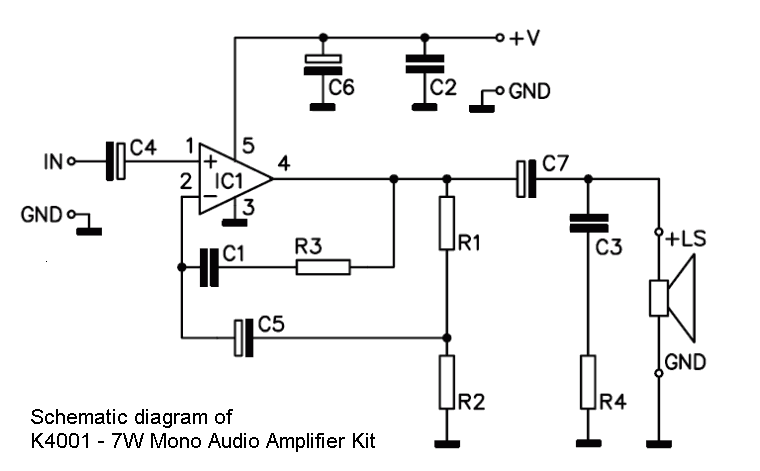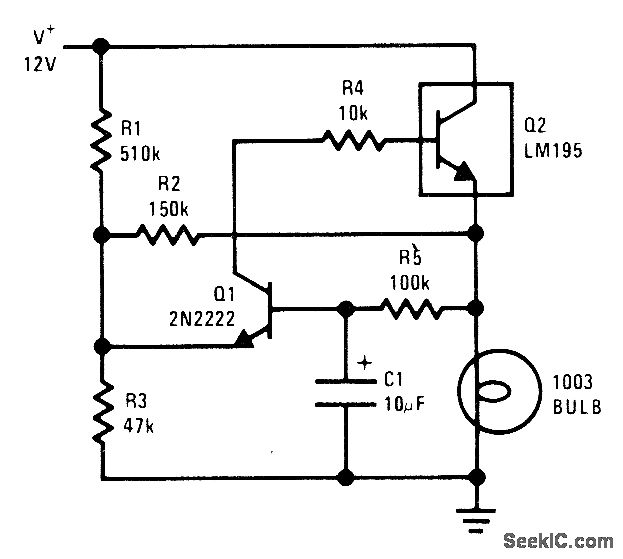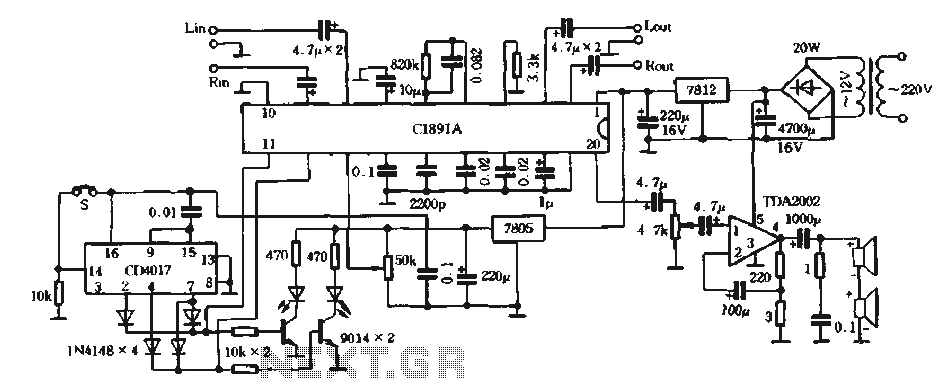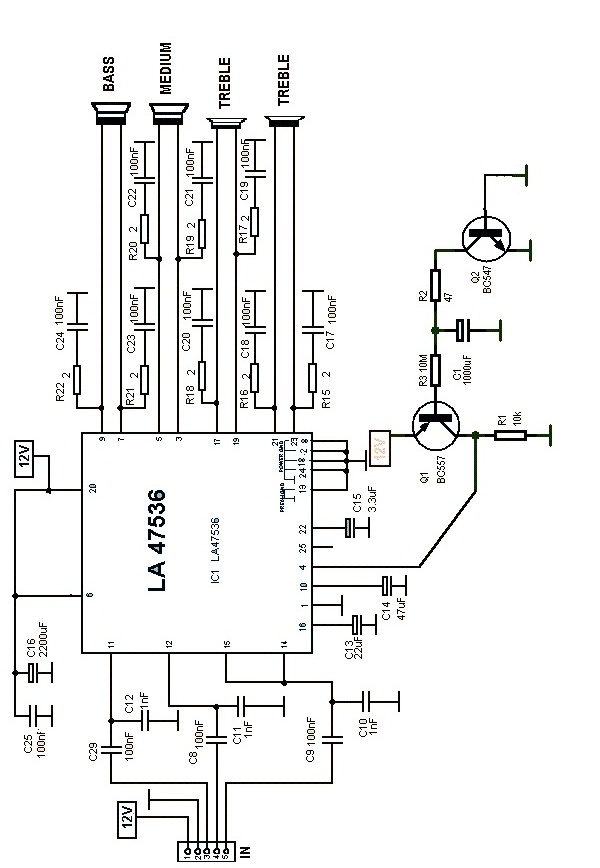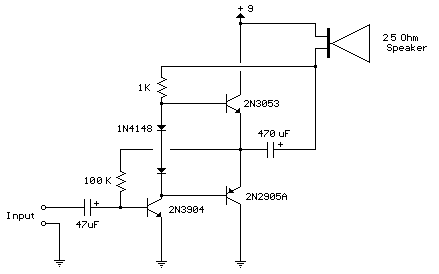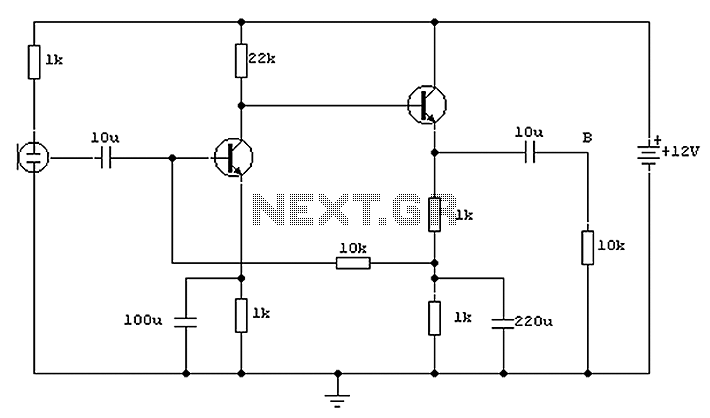
op amp IR Demodulator Design
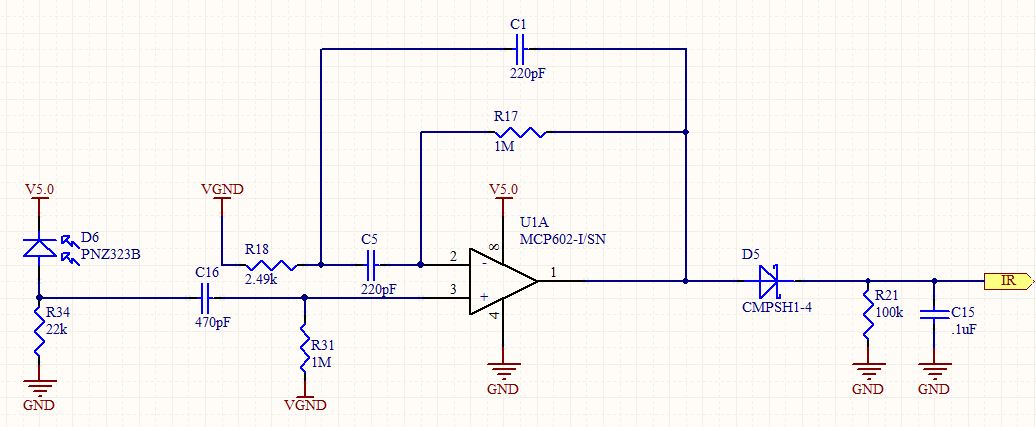
Designing an infrared (IR) demodulator circuit to replace the one shown in this question. The goal is to demodulate a simple IR signal modulated at 32.678 kHz, with the requirement of detecting the presence of the signal without packet decoding. Previous attempts to simulate this circuit in LTspice have not been successful, raising concerns about potential errors in the simulation or the circuit design. The circuit components include resistors R1 (2.49 kΩ), R2 (1 MΩ), R3 (1 MΩ), capacitors C1 (470 pF), C2 (220 pF), and C3 (220 pF). The voltage sources are V1 (2 V), V2 (5 V), and a pulse generator with specific timing parameters. The operational amplifier used is the LT1722, and the overall gain of the circuit is calculated to be approximately 400, necessitating a gain-bandwidth product (GBWP) of 14 MHz or higher for the chosen op-amp.
The circuit design for the IR demodulator focuses on detecting the presence of an IR signal modulated at a frequency of 32.678 kHz. The primary components include a series of resistors and capacitors that form a filtering and amplification stage, allowing for effective signal processing. The resistors R1, R2, and R3 are configured to set the gain and input impedance of the circuit, while capacitors C1, C2, and C3 serve to filter high-frequency noise and stabilize the signal.
The voltage sources, V1 and V2, provide the necessary biasing for the circuit, ensuring that the operational amplifier operates within its linear region. The pulse generator simulates the incoming modulated IR signal, which is critical for testing the circuit's response to actual IR signals.
The choice of the LT1722 operational amplifier is significant due to its high speed and low noise characteristics, which are essential for accurately demodulating the IR signal. The calculated gain of approximately 400 indicates that the circuit is designed to amplify weak IR signals to a detectable level. However, to maintain fidelity in the signal processing, the operational amplifier must have a GBWP of at least 14 MHz, which is essential for handling the 32.678 kHz modulation frequency effectively.
In summary, the IR demodulator circuit is designed with specific components and configurations to achieve reliable detection of IR signals. Proper selection of the operational amplifier and careful consideration of circuit parameters are crucial for successful operation. Further testing and refinement may be necessary to ensure the circuit functions as intended, particularly in the context of LTspice simulations and real-world applications.Designing an IR demodulator circuit to replace the one shown in this question. Basically I want to demodulate a simple IR signal modulated at 32. 678 kHz. I just need to know if the signal is present. No packets. Just IR present or not present. I have tried simulating this in LTspice with no success so I am not sure if I`ve done something ver y wrong in spice or in my circuit. I am no pro with LTspice. R1 N001 N006 2. 49K tol=1 pwr=0. 1 R2 Output N003 1Meg R3 N006 N005 1Meg C1 N005 N004 470pF C2 N003 N001 220pF C3 Output N001 220pF V1 N006 0 2. 5 V2 N002 0 5 V3 N004 0 PULSE(0. 05 0 0 0 0. 0000152587890625 0. 000030517578125 200) XU1 N005 N003 N002 0 Output LT1722. tran 12ms. lib LTC. lib. backanno. end The overall gain of the circuit is approximately 400 by my calculations. So, in choosing my op amp I would need a GBWP of 14 MHz or greater Any other critical op amp specifications for this application Note the amp showed is just a place holder until I choose the op amp.
🔗 External reference
The circuit design for the IR demodulator focuses on detecting the presence of an IR signal modulated at a frequency of 32.678 kHz. The primary components include a series of resistors and capacitors that form a filtering and amplification stage, allowing for effective signal processing. The resistors R1, R2, and R3 are configured to set the gain and input impedance of the circuit, while capacitors C1, C2, and C3 serve to filter high-frequency noise and stabilize the signal.
The voltage sources, V1 and V2, provide the necessary biasing for the circuit, ensuring that the operational amplifier operates within its linear region. The pulse generator simulates the incoming modulated IR signal, which is critical for testing the circuit's response to actual IR signals.
The choice of the LT1722 operational amplifier is significant due to its high speed and low noise characteristics, which are essential for accurately demodulating the IR signal. The calculated gain of approximately 400 indicates that the circuit is designed to amplify weak IR signals to a detectable level. However, to maintain fidelity in the signal processing, the operational amplifier must have a GBWP of at least 14 MHz, which is essential for handling the 32.678 kHz modulation frequency effectively.
In summary, the IR demodulator circuit is designed with specific components and configurations to achieve reliable detection of IR signals. Proper selection of the operational amplifier and careful consideration of circuit parameters are crucial for successful operation. Further testing and refinement may be necessary to ensure the circuit functions as intended, particularly in the context of LTspice simulations and real-world applications.Designing an IR demodulator circuit to replace the one shown in this question. Basically I want to demodulate a simple IR signal modulated at 32. 678 kHz. I just need to know if the signal is present. No packets. Just IR present or not present. I have tried simulating this in LTspice with no success so I am not sure if I`ve done something ver y wrong in spice or in my circuit. I am no pro with LTspice. R1 N001 N006 2. 49K tol=1 pwr=0. 1 R2 Output N003 1Meg R3 N006 N005 1Meg C1 N005 N004 470pF C2 N003 N001 220pF C3 Output N001 220pF V1 N006 0 2. 5 V2 N002 0 5 V3 N004 0 PULSE(0. 05 0 0 0 0. 0000152587890625 0. 000030517578125 200) XU1 N005 N003 N002 0 Output LT1722. tran 12ms. lib LTC. lib. backanno. end The overall gain of the circuit is approximately 400 by my calculations. So, in choosing my op amp I would need a GBWP of 14 MHz or greater Any other critical op amp specifications for this application Note the amp showed is just a place holder until I choose the op amp.
🔗 External reference
